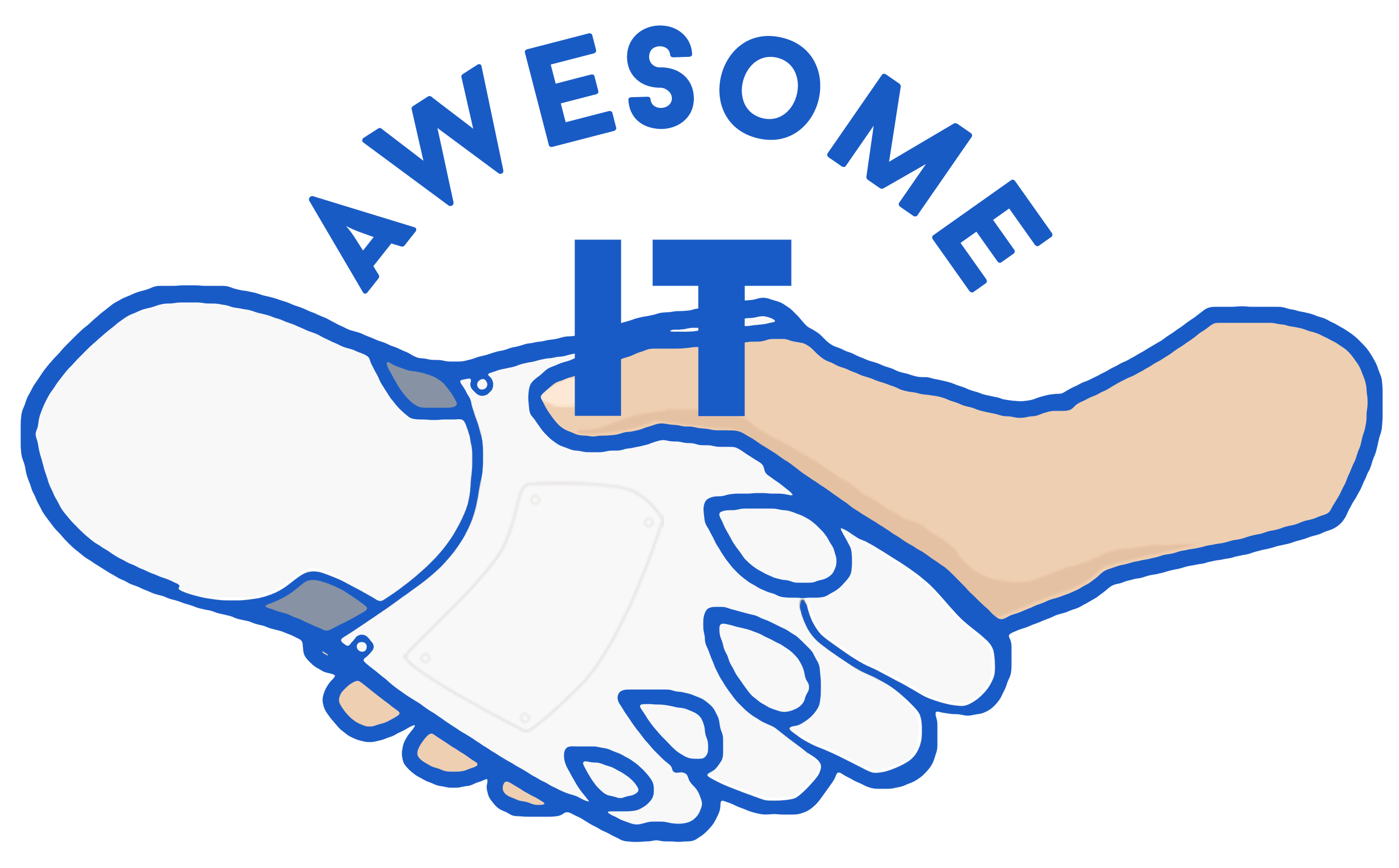
Coming soon: Awesome IT 2026
Hack the System
March 6th 2026
To be determinedOn the 6th of March 2026, the fourteenth edition of Awesome IT will be held. Join us for a day of informative and inspiring talks from experts in a wide range of IT-related fields.